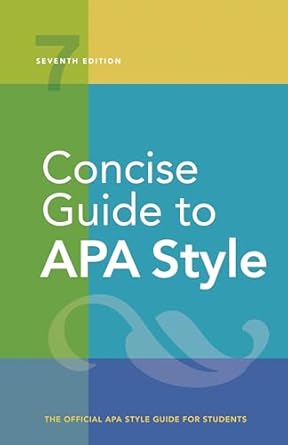[toc]
cultural competency bulleted lists research guide
Concise Guide to APA Style: 7th Edition (OFFICIAL)
Page 117 Review
The Role of Cultural Competency Training and Bulleted Lists in Psychological Research
This excerpt from an ebook delves into the methodologies used to examine the effects of cultural competency training and the proper use of bulleted lists in academic writing.
It raises crucial questions about how psychologists are trained and how the outcomes of cultural competency training are assessed.
Research Questions Addressed
The text highlights the following key research questions:
- What research methodologies are used to examine the effects of cultural competency training?
- How are psychologists trained to be culturally competent?
- How are training outcomes assessed?
- What are the outcomes of cultural competency training?
These questions form the foundation for exploring the effectiveness and implementation of cultural competency training within the field of psychology.
Understanding Bulleted Lists
The excerpt then transitions to a discussion about the proper use of bulleted lists in academic writing.
It emphasizes the importance of using bullets when the order of items is not significant.
According to the text: “The use of a numbered list may connote an unwanted or unwarranted ordinal position (e.g., chronology, importance, priority) among the items.
To achieve the same effect without the implication of ordinality, use bullets to identify the items in the series.”
The text continues, “Use the bulleted list function of your word-processing program to create the bulleted list; this will automatically indent the list as well.
Symbols such as small circles, squares, dashes, and so forth may be used for the bullets.”
Punctuating Bulleted Lists: Complete Sentences
The text provides specific guidelines for punctuating bulleted lists, depending on whether the items are complete sentences or phrases. “If bulleted list items are complete sentences, begin each sentence with a capital letter and finish it with a period or other end punctuation.”
Example:
- Social psychologists could use these methods to improve research on emotional experiences.
- Community psychologists could use these methods to improve population assessment at the city level.
- Clinical psychologists could use these methods to improve assessment or treatment.
Punctuating Bulleted Lists: Phrases
When bulleted list items are phrases or sentence fragments, the text advises a different approach. “If bulleted list items are phrases or sentence fragments (i.e., not full sentences), begin each bulleted item with a lowercase letter (for exceptions, such as proper nouns, see Sections 5.4-5.11).
There are two options for punctuating a bulleted list in which the items are phrases or fragments.”
The first option is to omit punctuation altogether. “The first option is to use no punctuation after the bulleted items (including the final one), which may be better when the items are shorter and simpler.”
Example:
- learning the rules of the game
- being aware of who possesses power
Buy full ebook for only $18: https://www.lulu.com/shop/american-psychological-association/concise-guide-to-apa-style-7th-edition-official/ebook/product-rmzpq54.html?page=1&pageSize=4


Leave a Reply